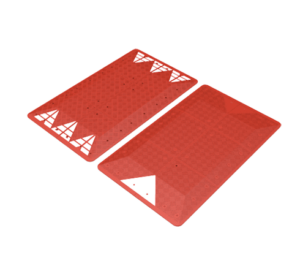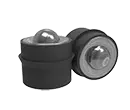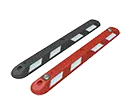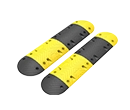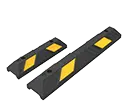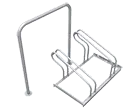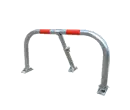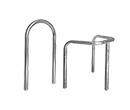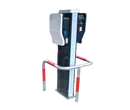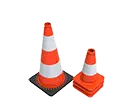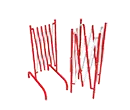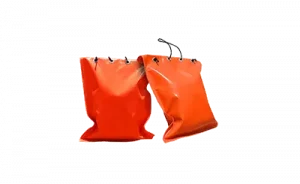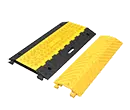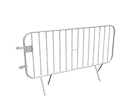The complete list of speed bump types
Speed bumps are one of the common traffic calming techniques. They serve different purposes; however, they are normally used to reduce traffic volume and speed in street parking, school zones, and roads.
Signs and markings are placed around the sites having speed bumps to inform the oncoming traffic of their presence. They calm traffic in slow zone areas which is very effective in reducing the rate of annual fatalities due to road accidents.
Speed bumps are available in the market in many different forms, which can be categorized into many types. Below is the list of the main types of speed bumps.
Do you want to know more about this topic? We also have an article to discuss everything about speed bumps.

Types of speed bumps based on their placement location
Speed bumps are traffic calming devices like speed humps, speed tables, signage, ramps, cushions, pavement markings, and traffic signals that are installed in different locations to control traffic volume and reduce accidents. They are effective traffic-calming techniques.
This traffic safety device can be installed in several places. Below are types of speed bumps based on locations.
- Highway speed bumps
A speed bump installed on main roads for public safety is called a highway speed bump. It is installed to reduce vehicle collision risk around high-traffic areas such as road intersections.
Since main road vehicles move at high speed, traffic signs must be before a speed bump to warn drivers beforehand.
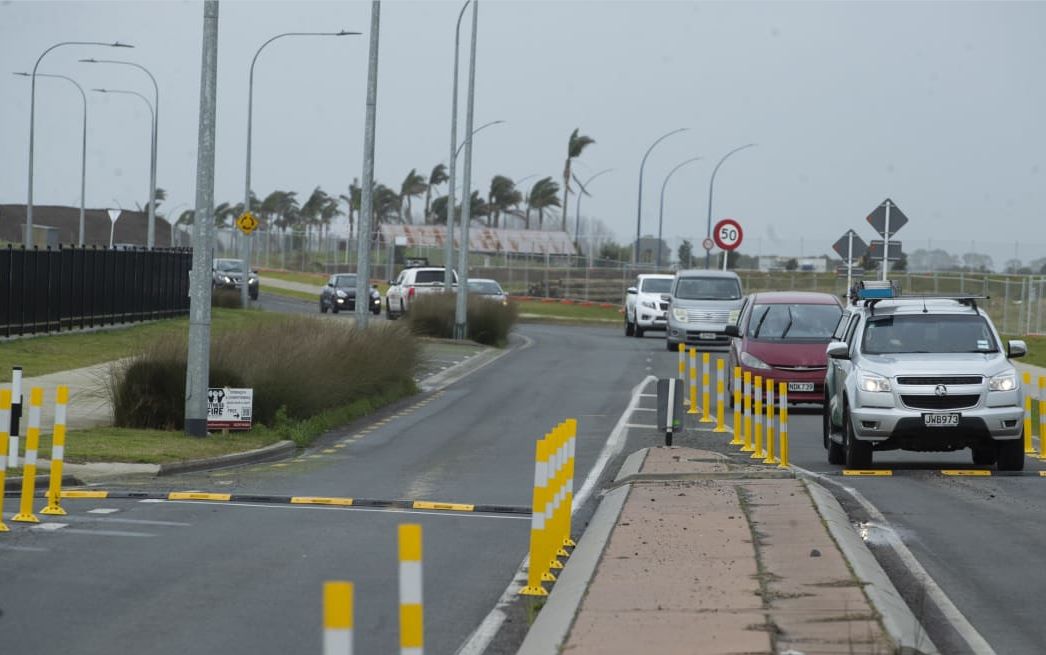
- Driveway speed bumps
Driveways leading to commercial and public places usually have a high traffic flow. Driveway speed bumps are mainly installed on driveways to slow down traffic to reduce the chances of an accident.
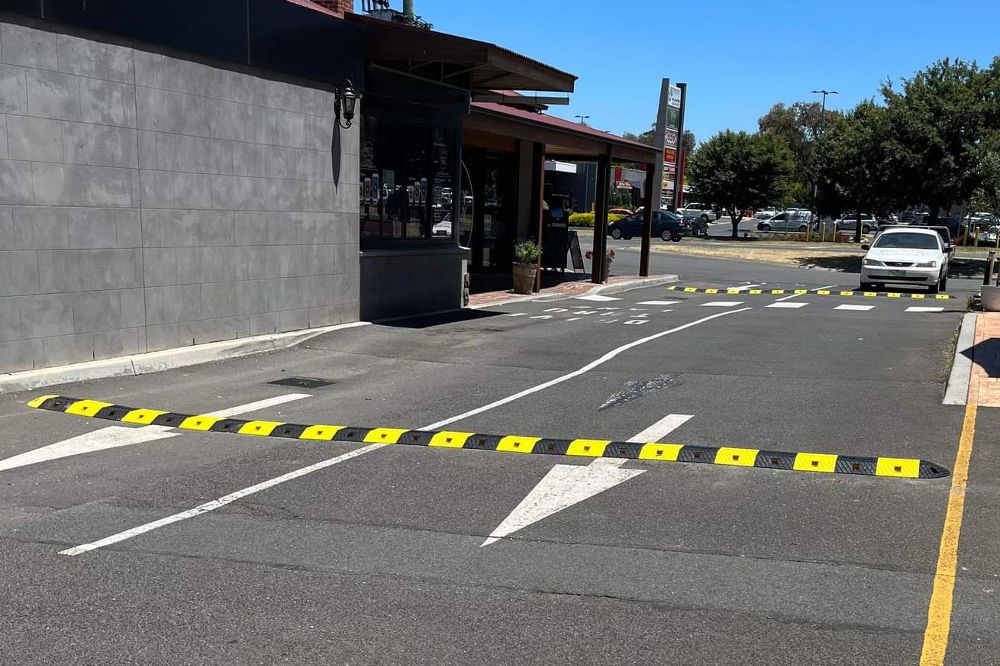
- Gravel road speed bumps
Gravel road bumps are installed to force high-speed motorists, bicyclists, buses, and cars to reduce their speed below 10 mph. It decreases gravel propel, which is harmful and unpleasant for pedestrians.
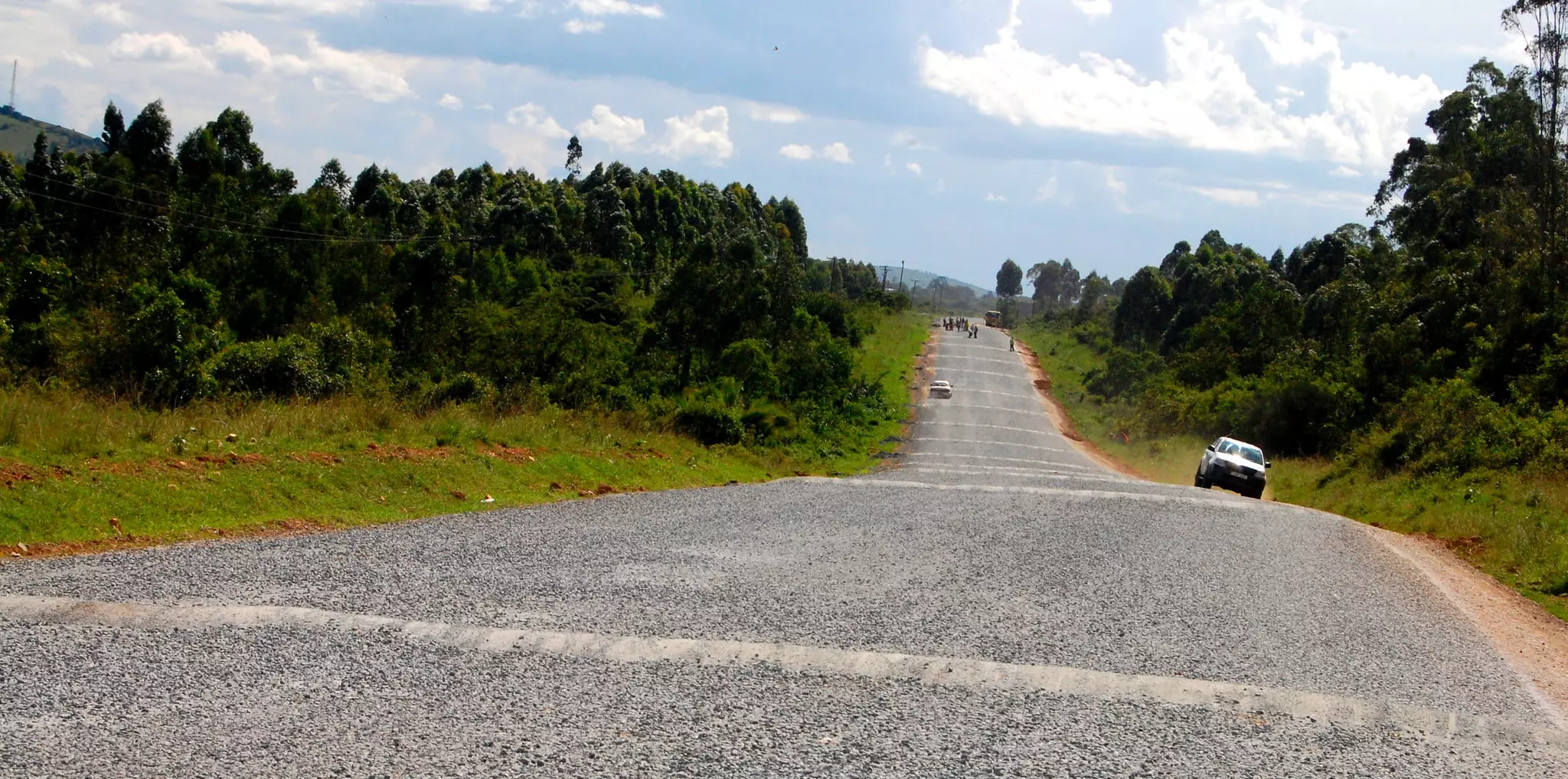
- Dirt road speed bumps
Local municipalities install this speed control device on dirt roads to decrease the spread of dirt and the hazard of accidents by implicating speed-limit.
The braking distance of a dirt road is also longer, which can risk lives. Installing speed bumps, speed humps, speed signs, and stop signs is crucial.
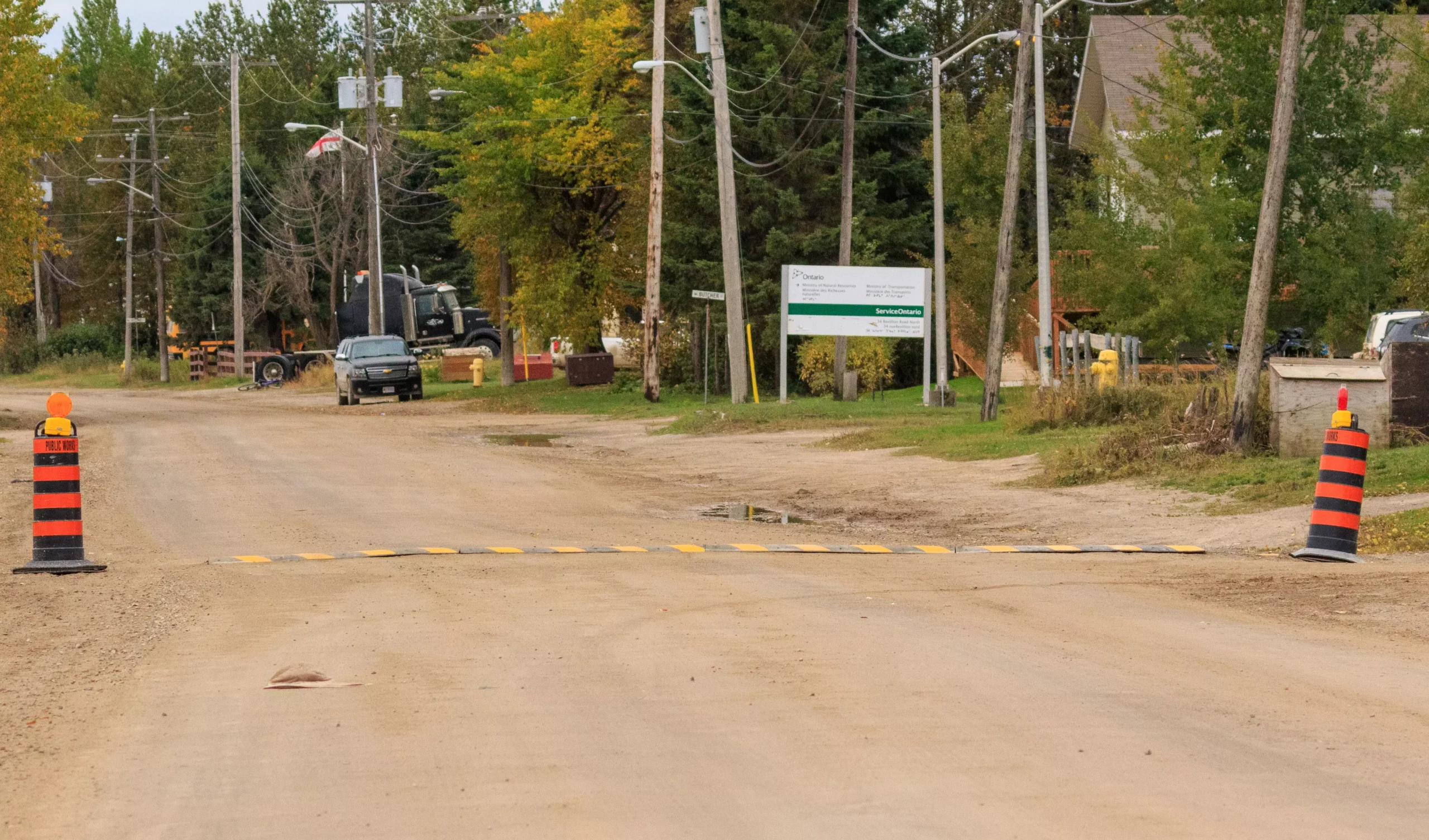
- Garage speed bumps
Speeding vehicles in a garage can hurt pedestrians and damage surrounding vehicles. Speed limits imposed by garage speed bumps protect people and vehicles.
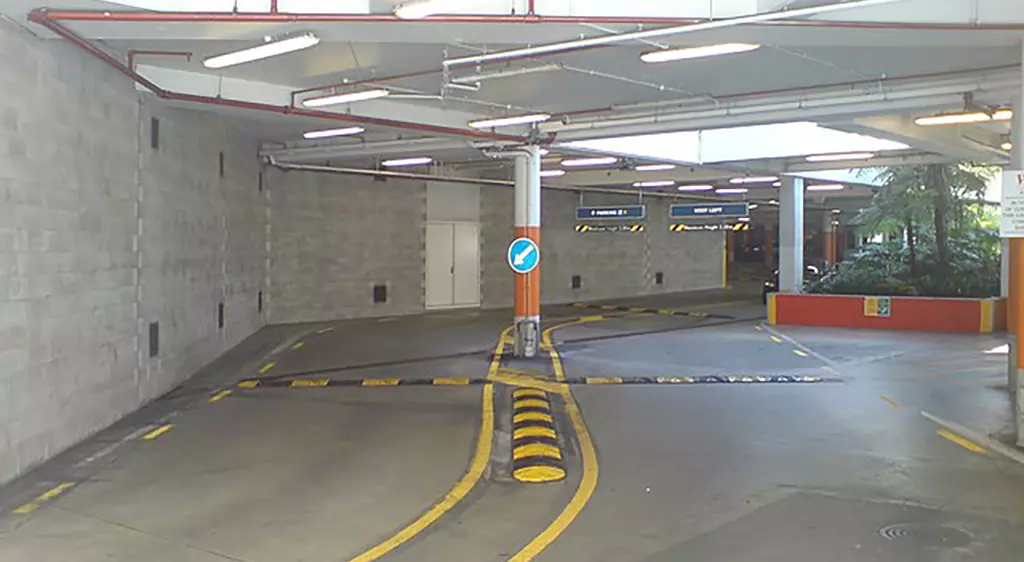
- Parking lot speed bumps
To provide pedestrian safety, these traffic control devices are used in parking lots, where cars and pedestrians share space closely.
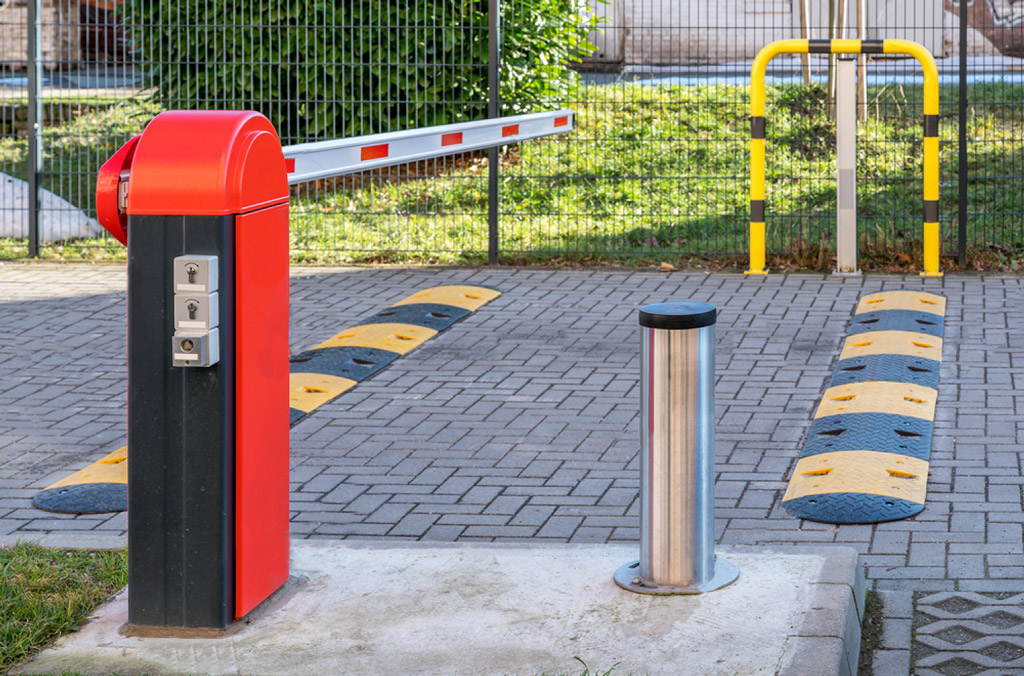
Types of speed bumps based on their design/style
Speed bumps are manufactured in different styles and designs, which makes them serve many purposes. However, their primary role is to reduce the miles-per-hour speed of traffic.
On the basis of speed bump styles, they are divided into the following six main types, excluding the normal ones.
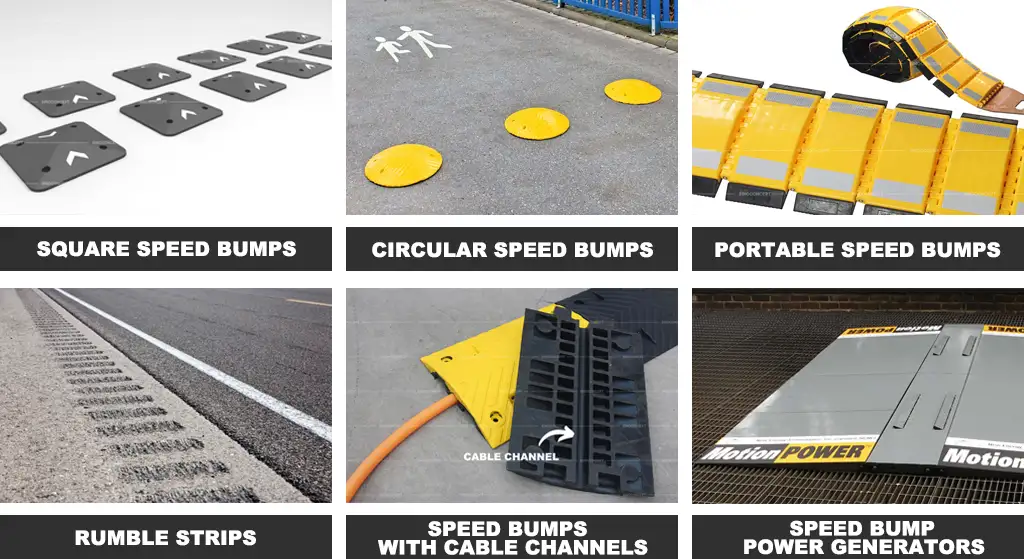
Square speed bumps
They are square, which makes them resemble speed cushions. However, they are not as large as speed cushions. They are usually used in areas where traffic speed is below 50 mph.
Square speed bumps are more commonly used in garages and parking spaces, where you can install them in multiple lines and maintain a particular distance between 2 bumps.
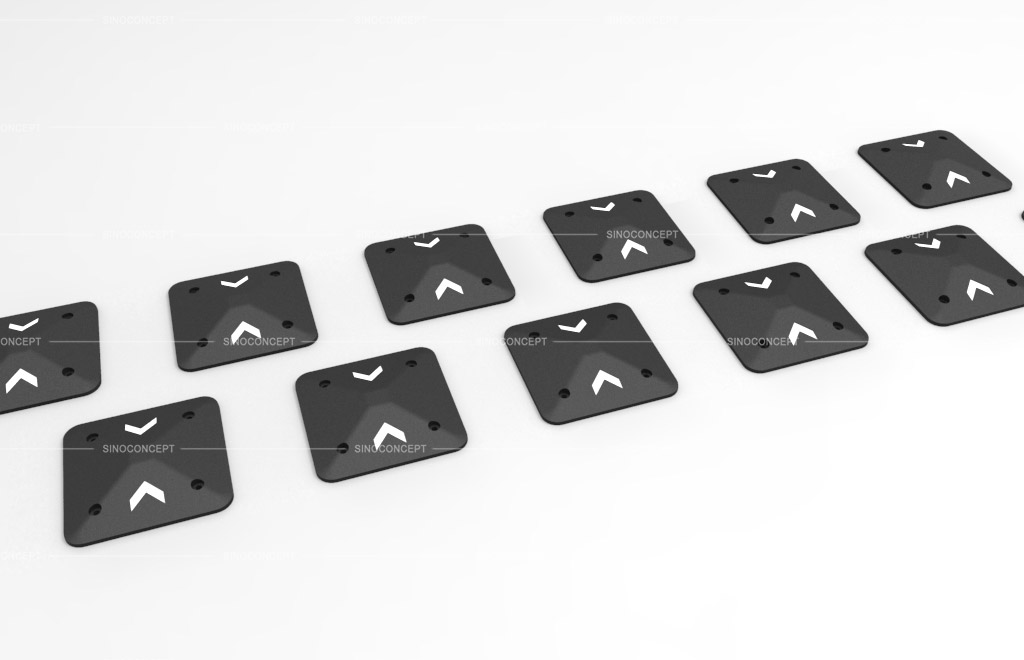
Learn more: What are square speed bumps?
Circular speed bumps
The circular speed bumps are used as calming traffic measures around pavement markings, slow zone areas, traffic signals, and city streets where pedestrians and vehicles can have close contact. They are small in size and have a circular shape.
Circular speed bumps come in different sizes and colours (mostly painted black, yellow, and white). Some manufacturers also prepare customized speed bumps you can get at your desired size.
Since they force vehicles to reduce speed, it is important to place speed limit signs or traffic signs before them to inform the incoming traffic of their presence.
Emergency vehicles and buses may find a circular speed bump in the road troublesome due to the damage they may cause to vehicles. Still, they are very effective in decreasing accidents.
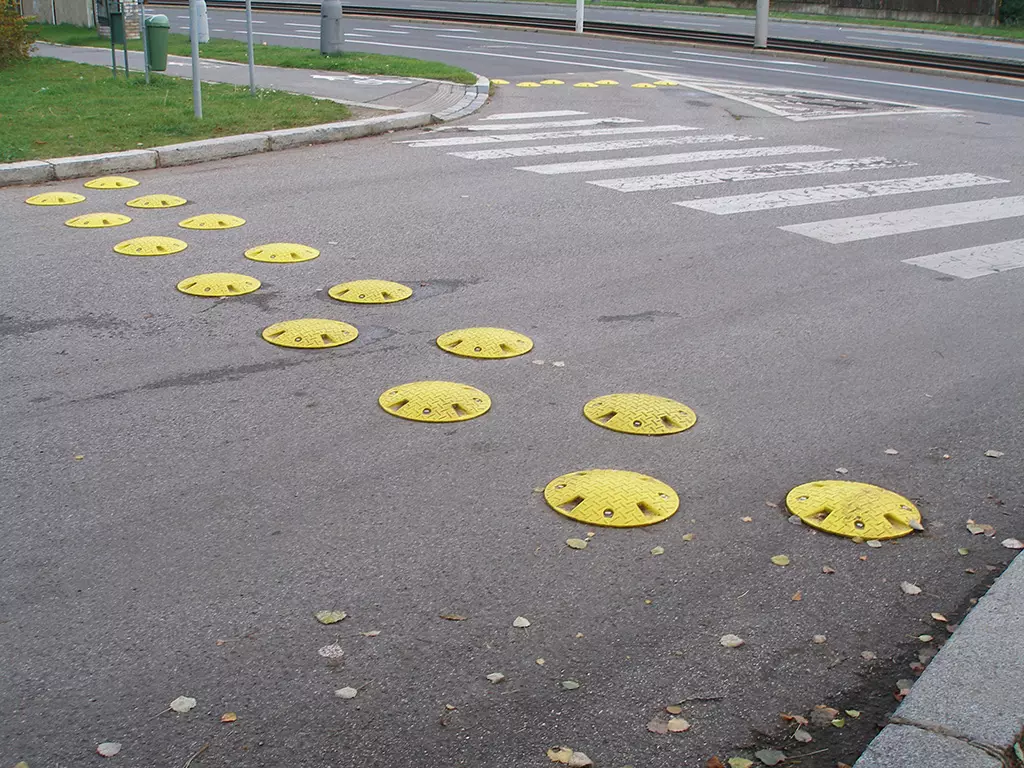
Learn more: What are circular speed bumps?
Portable speed bumps
Portable speed bumps can be used before a pedestrian crossing, sidewalk, or roadway for pedestrian and traffic safety. What makes them different from the other forms of bumps is that they can be removed or dismantled and installed in a new place quickly.
Most portable speed bumps can be rolled and placed in a carrying bag. You can unroll and place them in any desired area to slow down traffic. They are mostly used in emergency situations.
For example, if a part of the road is under construction, you can place a portable speed bump before the construction site to reduce traffic speed. Remove the speed bumps when the construction is done.
Place a stop sign or any other signage to inform the traffic of the speed limit and speed bump presence. Portable speed bumps are usually made up of recycled plastic and rubber.
They have a reflective tape or surface, which makes them prominent in the dark.
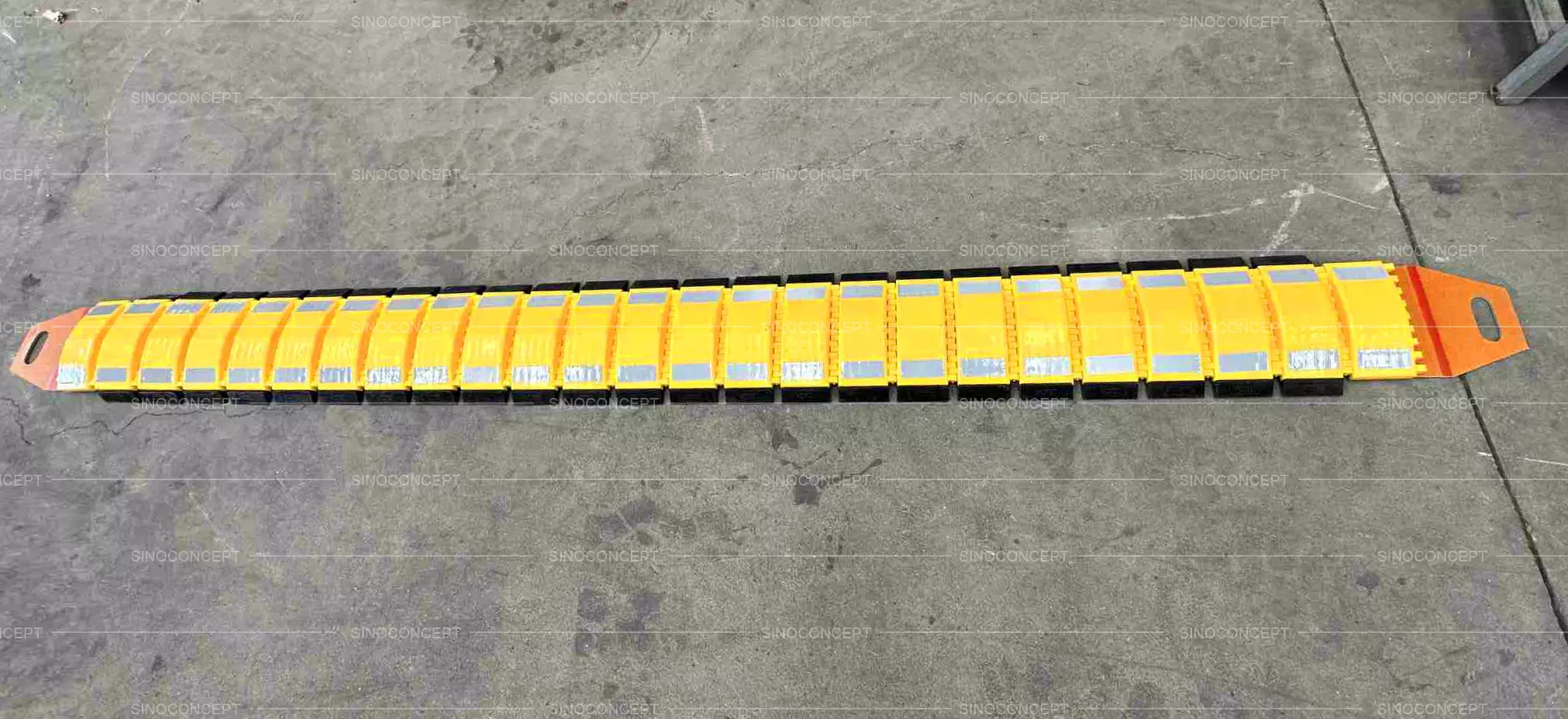
Learn more: 7 facts about portable speed bumps.
Rumble strips
The rumble strip is mostly installed on highways to alert sleepy or inattentive drivers of impending danger.
They create a vibration that alerts the driver and makes him realize he is moving incorrectly. Traffic data shows they effectively reduce highway crashes and save lives.
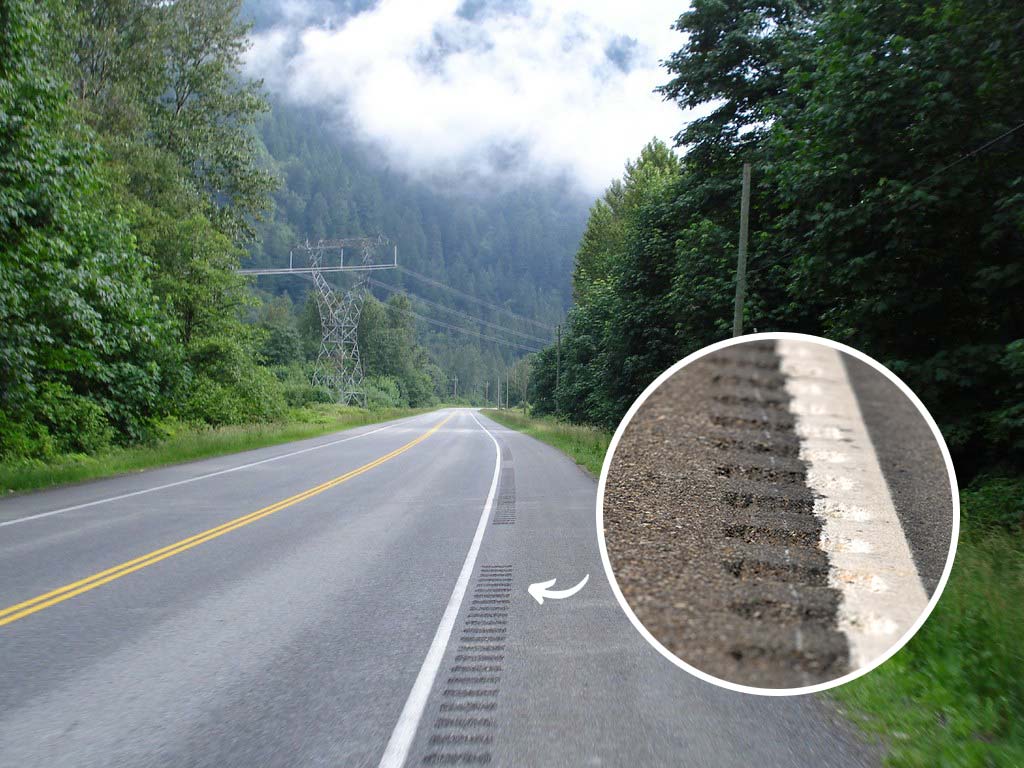
Speed bumps with cable channels
Speed bumps with cable channels make a great cable protection solution. They are installed in sites where traffic can damage the laying cable. So, using these bumps, you can protectively place the cable in the channel.
Speed bumps with channels have a hollow channel where you can put a cable and protect it from vehicles moving on the road.
They are commonly used in places like factory driveways or parking lots where cables and vehicles are present. Cables can get crushed under heavy vehicles if they experience heavy road traffic daily.
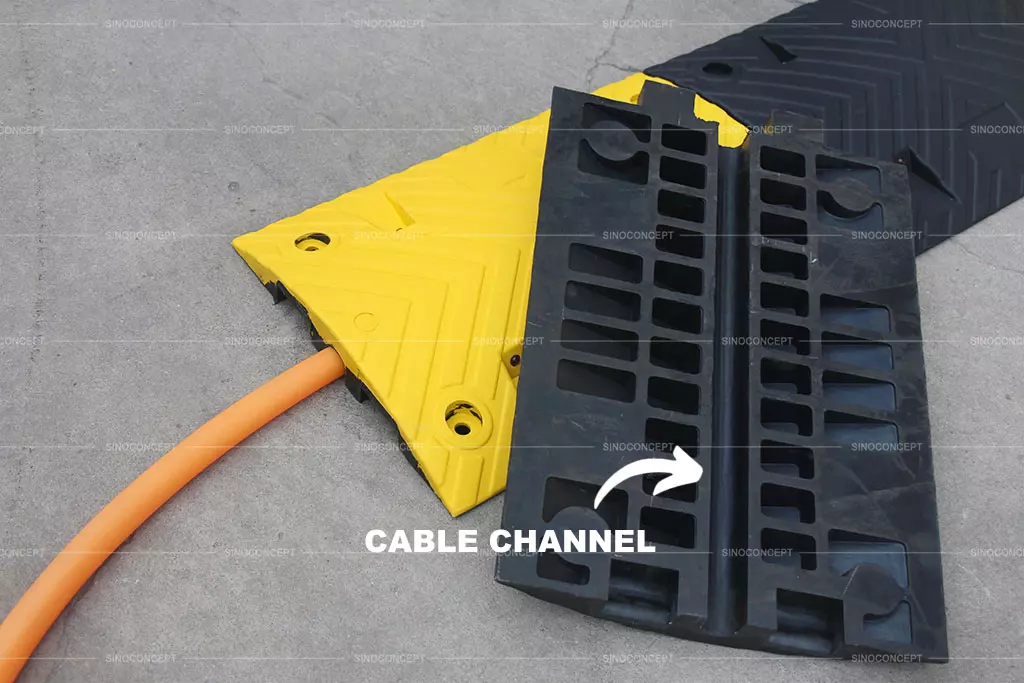
Speed bumps for electricity generation
It is an innovative road bump used for dual purposes. You can use it for traffic management by reducing traffic speed and then producing electricity using kinetic energy produced by moving vehicles.
They are a great source of energy that is less hazardous for the environment and saves fuel costs. Speed bump power generators convert kinetic energy into electrical energy when a certain weight is applied.
They are more suitable to be used on roads where heavy vehicles move. This will allow more electricity production and reduce crashes between speeding vehicles.
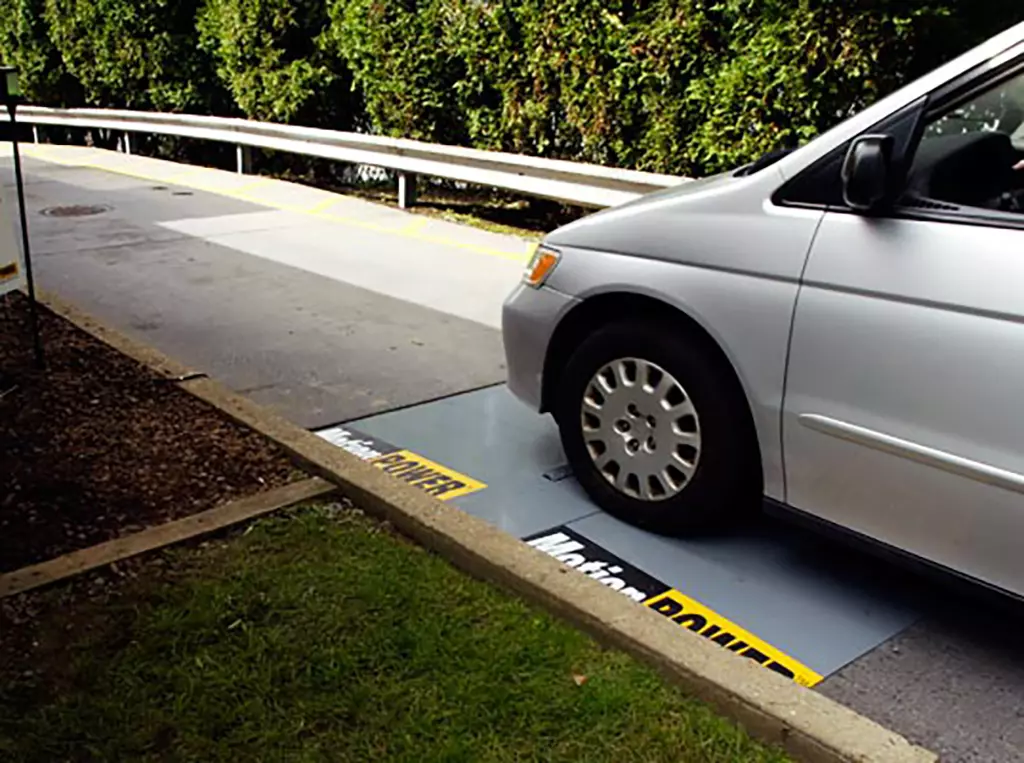
Regular rubber speed ramps
A regular rubber speed ramp is a raised band installed across the road to control traffic volume by reducing traffic speed for driver and pedestrian safety.
Rubber speed ramps can be installed in many places for traffic-control purposes, such as around school zones, work zones, crosswalks, roundabouts, pavements, intersection points, parking lots, and crossings.
Rubber speed bumps, speed humps, cushions, and speed tables are made of recycled material, making them environmentally friendly and reducing production costs.
The rubber acts as a shock absorber and makes less noise than speed bumps from other materials like asphalt, steel, and plastic.
They are easy to install and dismantle, meaning you can easily remove them from one place to install them in another in an emergency.
They are suitable for various roads, such as dirt, gravel, and highways. Rubber speed ramps mostly have yellow reflective stripes, making them highly visible, even in dark areas.

Types of speed bumps based on their colours
Giving speed bumps a colour can make them more visible to road traffic. These colours make them prominent even in low-light areas or areas that do not have a traffic light at all. Speed bumps are commonly marked with black and white or black and yellow stripes.
Based on speed bump colours, they are divided into the following two types.
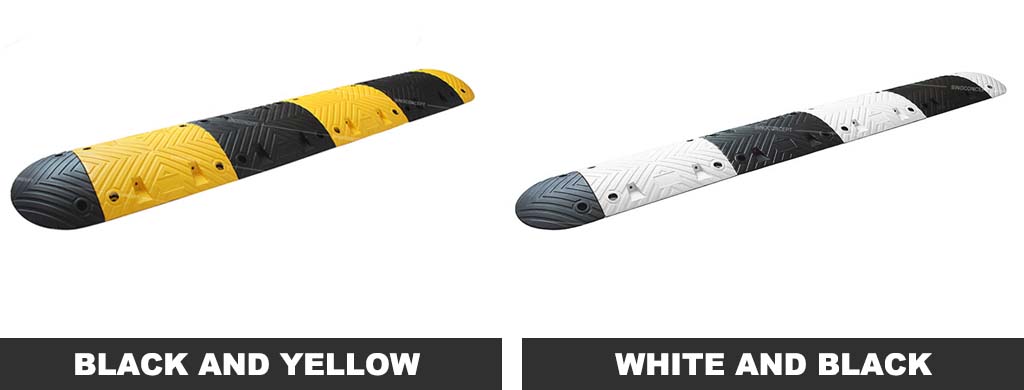
Black and yellow speed bumps
The black and yellow speed bumps make vehicles move in particular lanes, and they reduce their speed below 20 miles per hour (mph).
The regular speed bumps and speed breakers have black and yellow stripes on them. These stripes are either made with the help of paint or coloured construction material.
A bright colour like yellow has the power to grab the attention of drivers. Therefore, it is used to make drivers attentive to the presence of a raised surface on the road.
This way, they lower their speed on time and cross the bump at a speed that does not damage their motor vehicle much.

Learn more: Get to know about black and yellow speed bumps!
White and black speed bumps
Black and white is also a popular colour choice for speed bumps. This colour contrast is used to make speed bumps in the road observable for drivers even when they are at a great distance.
If a road is dark due to the absence of street lights, an attentive and sensible driver will still be able to see them and lower his vehicle’s speed.

Speed bumps are installed in different locations. Some of these locations have street lights, while others are usually in the dark. It is important to make speed bumps visible to drivers like motorists, cyclists, etc., with the help of different bright colours.
These colours are usually reflective, and they shine when a ray of flashing light falls on them. It makes them visible to the vehicle driver even when he is far away from them.
When speed bumps become visible to drivers, they get plenty of time to use brakes and reduce their speeds accordingly to avoid vehicular damage and health injuries.
Plastic, steel, and rubber speed bumps are ready-made and come in coloured forms. They usually have a reflector to support their visibility. Concrete and asphalt speed bumps are made coloured with the help of black, white, and yellow paint colours.
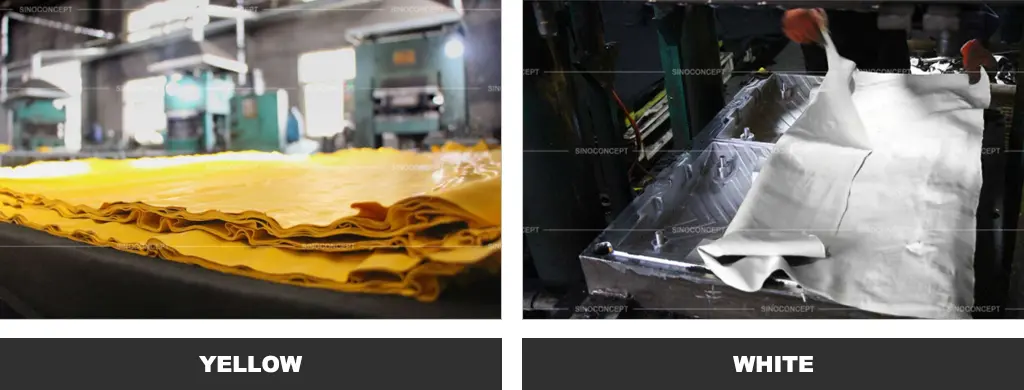
CONCLUSION
Speed bumps, speed cushions, speed ramps, traffic cones, traffic barriers, parking signs, speed limit signs, signposts, and other regulatory signs are all effective traffic calming measures.
They discourage the speed of oncoming traffic in traffic lanes and sites where vehicles directly interact with pedestrians, like school zones, roundabouts, cut-through roads, city streets, and crosswalks. Road signs must be installed on curbs to inform city traffic of the bump’s presence.
Bumps in the road come in a variety of types. Each type is suitable for a particular area and function. You should select a type that you believe is more suitable for your neighbourhood or the site where you want to install speed bumps.
To learn more, we advise you to refer to the following pages:

